What are geotextiles? A clear guide to how they work and where they’re used
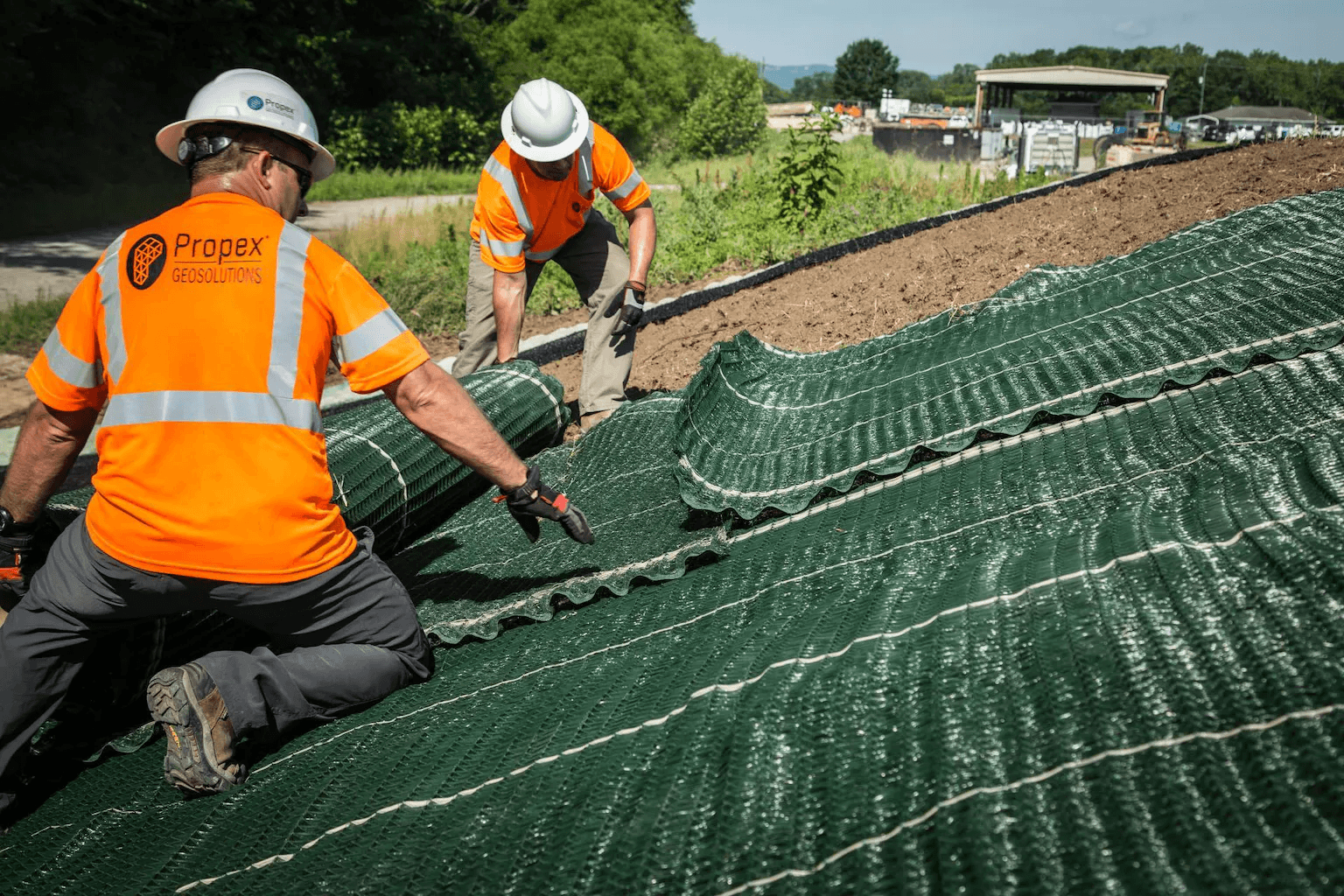

We often get asked how to accurately calculate the quantity of erosion control blankets (ECBs), turf reinforcement mats (TRMs), and high-performance turf reinforcement mats (HPTRMs) for slopes and channels. Many construction plans and bids mistakenly underestimate these quantities, leading to project delays and budget overruns.
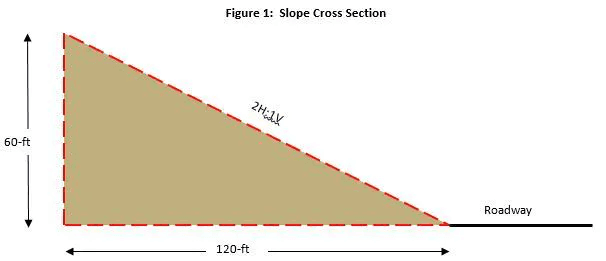
Using 2D plan views for estimating, leading to inaccuracies.
Ignoring extra material for trenching, overlaps, waste, and curves.
We have a 500-ft roadway relocation project that involves cutting a hill alongside it. The hill's slope is 60-ft high with a 2H:1V grade. (Note: Erosion control materials are usually measured in square yards (SY). Remember, 1 SY = 9 square feet (SF)).
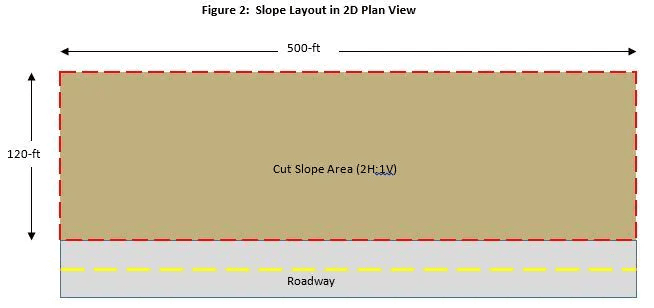
Using the 2D plan, the slope area = slope width x slope horizontal length (500-ft x 120-ft = 60,000 SF or 6,667 SY). This typical estimation doesn't account for true slope length, overlaps, trenching, and waste.
1. 3D Slope Calculation: Using trigonometry, the true slope length is 134.2-ft. This gives an area of 67,100 SF or 7,456 SY.
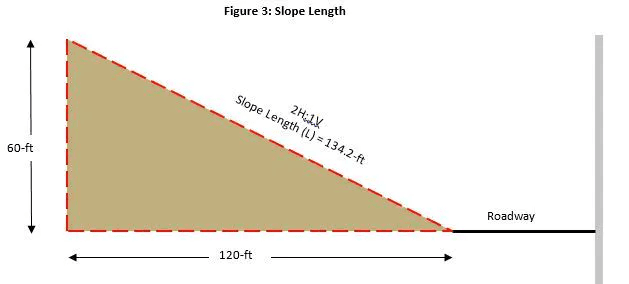
2. Trench Area Calculation: To prevent material damage, trenches are advised around the material edges. Assuming a 1-ft wide x 1-ft deep trench, we need:
Top: 111.1 SY
Bottom: 111.1 SY
Each Side: 29.8 SY
Total: 282 SY
3. Overlap Areas: ECBs, TRMs, and HPTRMs need overlaps. Typically, 3% of the combined 3D slope and trench area (7,738 SY) is adequate. This is about 232 SY.
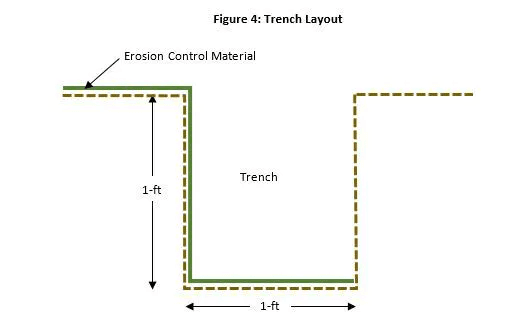
4. Waste Area Calculation: Anticipating end rolls, damage, etc., consider 3%-5% of the total (slope + trench + overlap). For this example, it's about 239 SY.
Total Material Required: Adding all areas, we need 8,209 SY.
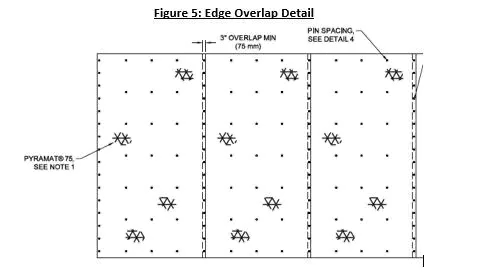
Method 1 gave us 6,667 SY. Method 2 suggests 8,209 SY—a 23.1% increase! This demonstrates the importance of accurate calculations. Such discrepancies can result in increased costs and delays.
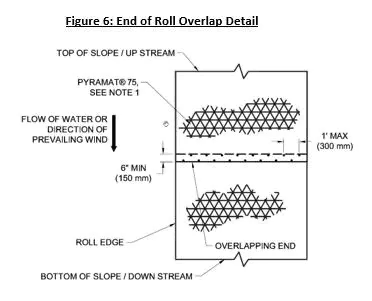
Application: This method can be adapted for channels as well.
Recommendation: Always clarify in bid documents and construction plans that listed quantities account for trenching, overlaps, and waste.
Table 1: Refer to this for a breakdown of materials needed for slopes and channels.